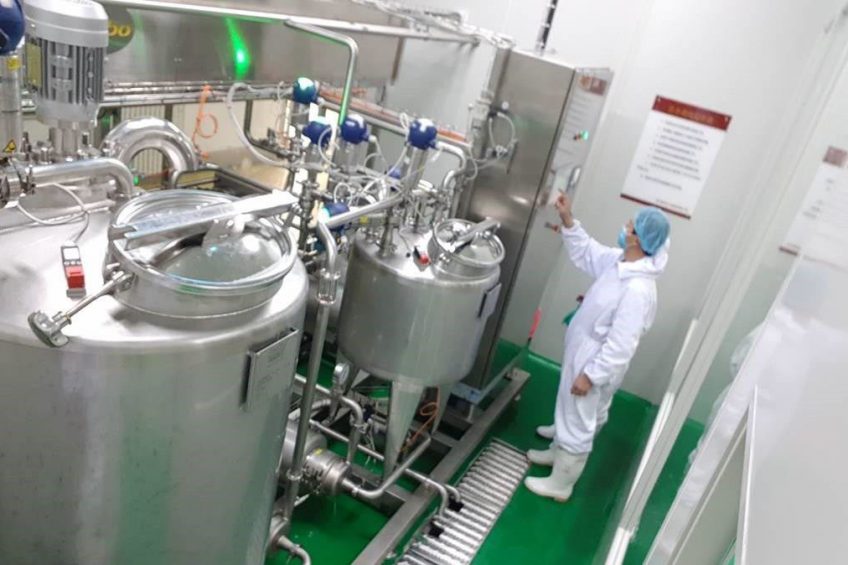Add value to your second quality eggs

Misshapen or cracked, these eggs will not make it to the supermarket shelf. These second quality eggs can be repurposed but are not by many packing stations, leading to high yield losses. There is a simple solution for this that requires little space and can turn the losses of rejected eggs in to profitable high-value egg products.
The eggs you find in the supermarket, have met strict standards to ensure that only the eggs of the highest quality reach the consumer. The first step in the quality control process is to separate the eggs with obvious defects from the quality eggs. Nowadays, egg graders use the latest techniques to detect these bad eggs. Like an acoustical system to scan the eggs for any undetected cracks. With the help of cameras and special lighting, the egg grader can detect leaking eggs.
High yield losses from rejected eggs
Just a few examples of how the modern egg grader is equipped with detection systems to help separate the first quality eggs from the second quality eggs, which are then automatically rejected by the egg grader. The main difference between second and first quality eggs is that the egg shells of the second quality eggs are cracked or misshapen, which makes them unsuitable to be sold in consumer packs, but the membrane is still intact, therefore the eggs can be safely used for other purposes. However, many packing stations don’t give these rejected eggs a new purpose, and therefore experience high losses. Yield losses during storage, transport and loading into the equipment have been estimated between 4% and 7%. When combining these losses with the downtime generated at the breaking plant, packaging material waste, and the environmental impact due to additional cleaning compounds and water, the losses can reach staggering numbers.
The solution for your rejected eggs
So how to handle these rejected eggs? A question many packing stations face when dealing with second quality eggs, especially when the egg market is down, is whether to break or not to break these eggs. The volatility of the prices of these eggs and the limited market outlets for them, combined with the many issues when handling these rejected eggs, such as their fragile nature, makes for a puzzle. However, there is a simple solution that requires little space and can turn the losses of second quality eggs in profitable high-value egg products.
By adding a small-scale egg processing equipment to the operation, you can reap many benefits, like:
- Return on investment.
- Retaining your customers by offering them fresh, high-quality liquid or frozen egg products.
- By handling eggs directly from the grader, labour, materials and storage space are reduce.
- Liquid products can be packed in insulated portable containers or large containerised bag-in-box style totes, eliminating the need for refrigerated storage rooms.
Most packing stations do not produce enough second-quality eggs to justify investing in a large, complex egg breaking and processing plant. Therefore, Moba offers easy-to-operate egg processing equipment with a small footprint that not only breaks these eggs using a sanitary method, but also produces a wide variety of egg products: the Ovolution Systems.
The processing system for your operation
The Ovolution Systems can be installed in a small room adjacent to the grading operation, with a conveyor directly from the grading machine to the egg breaker. The egg breaker receives and breaks the eggs and the raw egg product immediately enters a blending tank to create a homogeneous mix. From the tank, the products are filtered and immediately pasteurised and packed. The time it takes a broken egg to be pasteurised and packed is less than 20 minutes.
With the Ovolution System, the egg products keep their egg natural quality for optimal functional performance in the industrial receipts. The full automation and longtime pasteurisation technologies obtain the highest possible bacterial reduction for a long egg product shelf life. And depending on the customer’s requirements, the equipment can be tailor-made to ensure that it is the best fit for your operation.
So, the next time the question arises what to do with your rejected eggs, know that egg breaking and processing is now a viable alternative and can be added to your operation as simple as adding a packer to your grading machine.
Author: Moba













